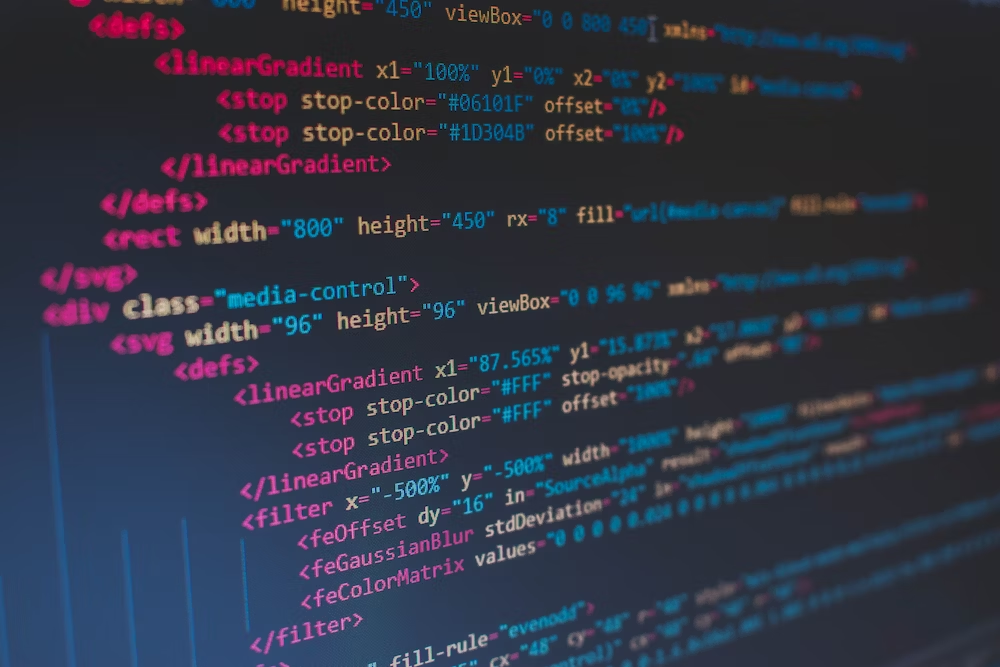
Coding, also known as programming, is the process of creating instructions for computers to follow. These instructions, written in programming languages, dictate the behavior and functionality of software, applications, websites, and other digital systems. Coding involves writing, testing, and debugging code to solve specific problems or achieve desired outcomes.
Coding includes several key components:
1.Syntax: Programming languages have their own syntax, which consists of rules and conventions for writing code. Syntax governs the structure, format, and organization of code, ensuring that it is readable and understandable by both humans and computers.
2.Variables and Data Types: Variables are placeholders used to store and manipulate data within a program. Data types define the type of data that variables can hold, such as integers, floating-point numbers, strings, and boolean values.
3.Control Structures: Control structures determine the flow of execution in a program. Common control structures include conditional statements (e.g., if-else statements), loops (e.g., for loops, while loops), and branching statements (e.g., switch statements).
**4.Functions and Methods: **Functions and methods are reusable blocks of code that perform specific tasks or operations. They encapsulate functionality, promote code reuse, and improve the modularity and maintainability of code.
**5.Data Structures: **Data structures are used to organize and manipulate collections of data. Examples include arrays, lists, stacks, queues, trees, and hash tables. Choosing the appropriate data structure is crucial for optimizing the performance and efficiency of algorithms and operations.
6.Algorithms: Algorithms are step-by-step procedures or processes for solving problems or performing computations. They consist of a sequence of instructions designed to achieve a specific objective efficiently.
**7.Debugging: **Debugging is the process of identifying and fixing errors or bugs in code. It involves tracing the execution of code, identifying the source of errors, and making corrections to ensure that the program behaves as intended.
**8.Software Development Life Cycle (SDLC): **Coding is just one phase of the software development life cycle, which also includes requirements analysis, design, implementation, testing, deployment, and maintenance. Each phase involves specific activities and processes to ensure the successful development and delivery of software.
Conclusion:
Overall, coding encompasses various concepts, principles, and practices aimed at creating functional, efficient, and reliable software solutions to address specific needs and requirements.





